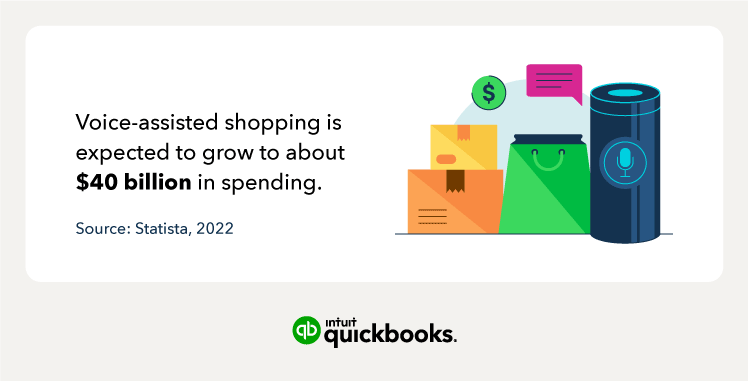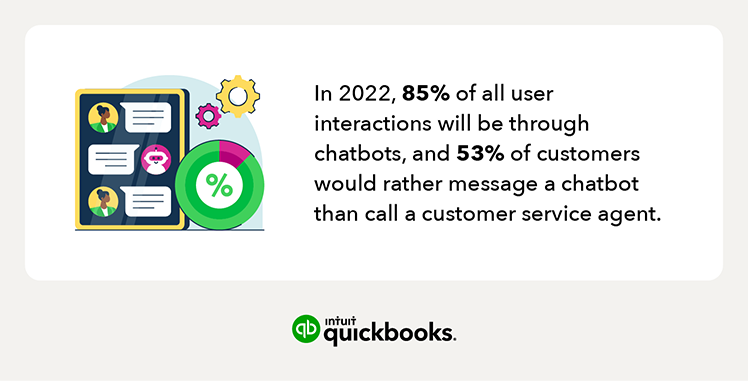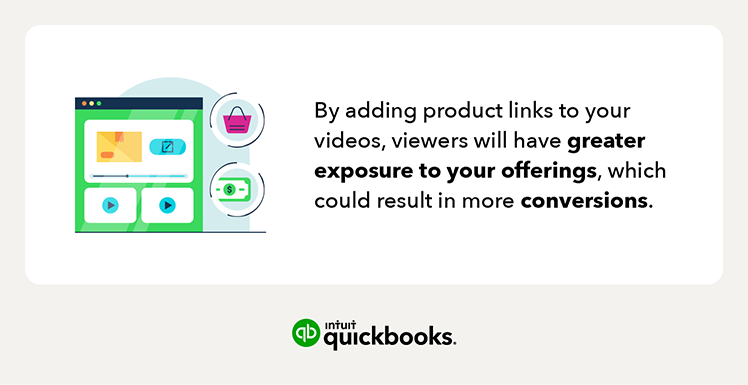Reduced human interaction when it comes to customer service is becoming commonplace, and most of it is done through chatbots. For example, merchants like Sephora and Amazon rely solely on chatbots to navigate customers through the customer service portals. L’Oréal also uses chatbot messengers to help customers find their perfect fragrance.
In 2022 and beyond, 85% of all user interactions will be through chatbots, and 53% of customers would rather message a chatbot than call a customer service agent. With this growing eCommerce trend, companies can also reduce their spending on customer service agents.
How can businesses use an eCommerce chatbot on their website?
eCommerce websites can use chatbots to:
- Welcome first-time visitors
- Collect contact information to acquire lead generation
- Offer customer support by answering customer queries
- Enable shopping assistance
- Schedule appointments
- Guide website navigation
- Gather customer feedback
What are the benefits of using eCommerce chatbots?
With the use of chatbots, small businesses can engage with their customers by seamlessly responding to inquiries and providing support. Your business could cut down on costs by switching from customer service representatives to eCommerce chatbots.






















